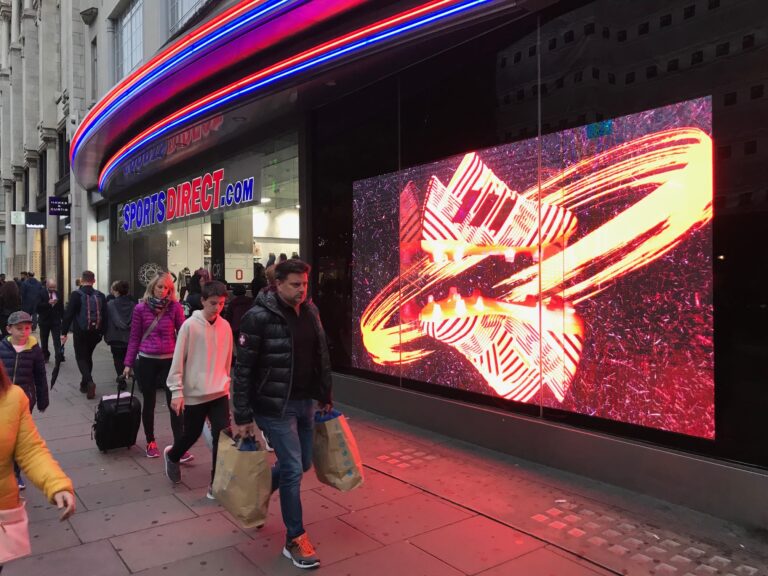Josh Bunce, Founder and CEO of inurface Group
As the CEO and founder of inurface Group in 2008 I had an idea of how screens in retail spaces could not just positively impact the user experience but also drive sales for the retailer. It wasn’t something that was widely being used in the UK at the time and a gap in the market I believed I could fill.
The reality in many ways though, as a start-up business, was that having the idea was the easiest part. I was relatively young and unproven, asking retailers to take a risk and step outside of their comfort zone and spend valuable budgets on me. Today the idea of not having digital screens in retail spaces seems almost unimaginable but then it was a new concept.
We had to start small and initially charge less than might have been ideal in the early days while we built a portfolio of successes. Having these positive examples of our work then allowed us to start approaching bigger companies and pitching for bigger projects. Once we could demonstrate our successes, and had gathered a collection of positive testimonials, we were able to do this with more confidence but even than we were often met with resilience.
Relationships were key and building them not always easy. Many of the big retailers and household names we now enjoy working with had existing contracts, set budgets and multiple layers of approval. Some worked with set contractors and we needed to demonstrate why what we could offer was worth their time. We had the challenge of encouraging them to consider changing these set processes. It took time and patience, as well as a belief in the product and service we were offering, and even then, sometimes it didn’t work out.
As a business, and on a personal level, resilience was key. For every successful business win there have been pitches we have been unsuccessful in or business that has fallen through. Personally, I have tried to use these experiences to learn, to strengthen our offering and grow.
Over the years our offering has become more full service. We can offer everything from idea conception through to install as well as providing the technology and all the support. We are making it as easy as possible for those we are providing the service for which is vital. Many of the retailers we work with are, in reality, time poor and so the appeal of us being a one stop shop is a huge benefit. We believe this commitment ensures we stand out as a brand and keeps existing clients coming back and encourages new client’s interest.
About the author
 Josh Bunce is CEO and founder of inurface Group, a collection of businesses specialising in the digital signage space. Josh, since founding the business a little over ten years ago at the age of just 18, alongside his growing team has worked with retailers big and small supporting them to get key messages and information across in a visually appealing and exciting way.
Josh Bunce is CEO and founder of inurface Group, a collection of businesses specialising in the digital signage space. Josh, since founding the business a little over ten years ago at the age of just 18, alongside his growing team has worked with retailers big and small supporting them to get key messages and information across in a visually appealing and exciting way.
Related Articles

Hexnode CEO on how the “Holiday Illusion” is Masking the Risks of Retail’s Seasonal Workforce
The danger of seasonal hires is magnified not just by who is accessing the network, but when they are doing it. Sophisticated threat actors possess a deep understanding of the retail operational calendar.

The New Frugality: How Inflation and Tariffs Are Reshaping Consumer Spending
One of the most telling shifts is how shoppers approach decision-making. Where convenience once dominated, consciousness now plays a larger role. People are researching more before making a purchase, comparing prices across multiple platforms, and questioning whether they really need the product in the first place.

Embracing new concepts vs the return to brick-and-mortar
Balancing the return to physical retail and the development of new technologies to enhance customer experience and drive operational efficiency for long-term success.
Enartis to Acquire Parsec in Winemaking and Retail Deal
The deal will bring Enartis and Parsec together to help wineries manage every part of production more easily and efficiently, from grape to bottle.


 for the latest news and job opportunities in retail tech
for the latest news and job opportunities in retail tech 